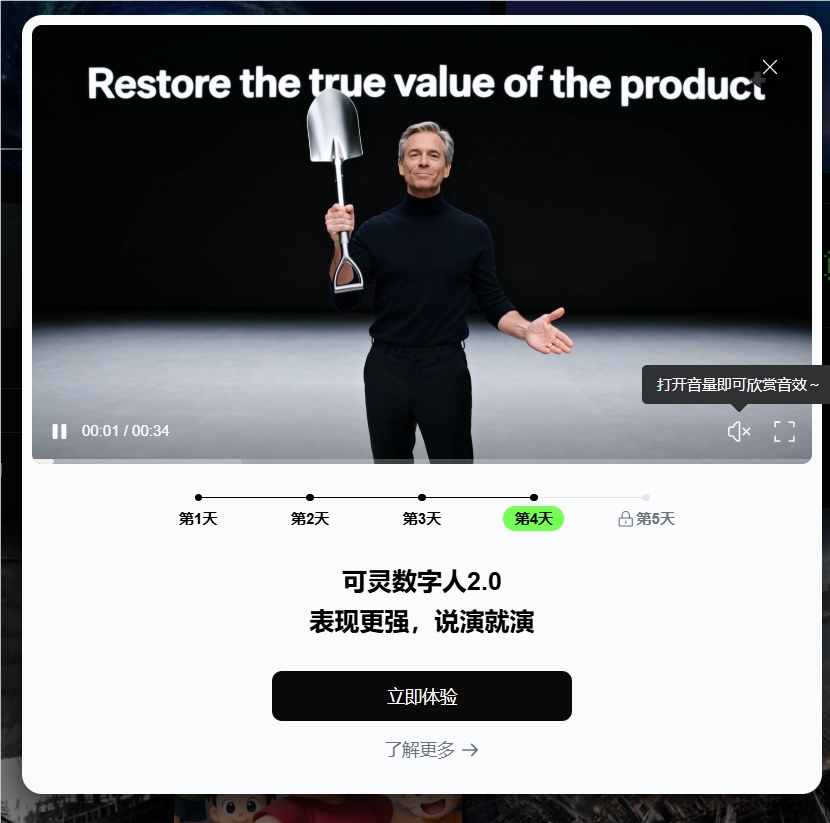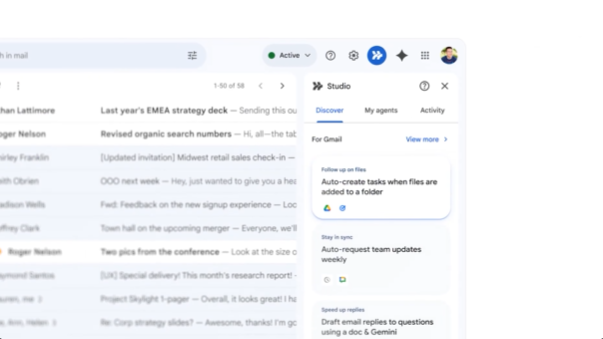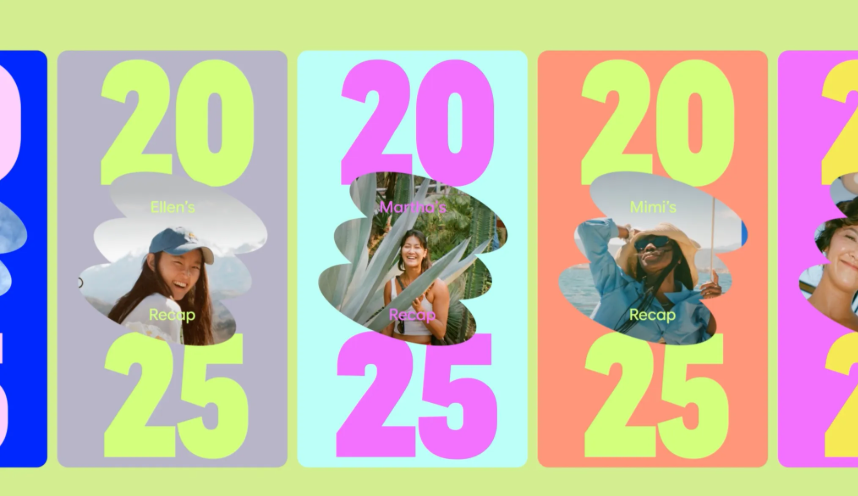According to a report by VentureBeat, Google has recently rolled out its latest image generation tool, Imagen3, to US users. The tool can be accessed on Google's Test Kitchen platform. Compared to previous versions, the new Imagen3 can generate images with finer details, better lighting effects, and fewer artifacts.
Google first announced the release of the new Imagen3 at the I/O conference in May this year, but the tool was only officially made available to the public through the Vertex platform in the past few days. Last week, some Reddit users began to try out Imagen3 and shared their experiences, and Google also released relevant research papers on Tuesday of this week.
Using Imagen3 is very simple; users only need to enter descriptions according to the prompts to generate detailed images. At the same time, users can also edit the images by highlighting a part of the image and describing the content that needs to be modified.

It should be noted that there are certain limitations to the tool when generating images, such as its inability to generate images of public figures like Taylor Swift, nor will it generate images of weapons. Additionally, although it cannot generate specific copyrighted character images, users can bypass these restrictions by using descriptive language to easily create similar character images.
Some users have reported that they have generated images very similar to characters like Sonic the Hedgehog and Mario, as well as logos of companies like Apple, Macy's, and Hershey, all of which have left a deep impression.
Although Imagen3 has certain content filtering capabilities, it still differs significantly from Grok, another image generation tool on Elon Musk's X platform. Grok has been used to generate images containing drugs, violent content, and public figures, which has sparked widespread controversy.
However, Google's image generation tool is not without issues. Earlier this year, Google stopped allowing users to generate images using its chat tool because some users found that the images generated did not match historical facts, leading to criticism.









